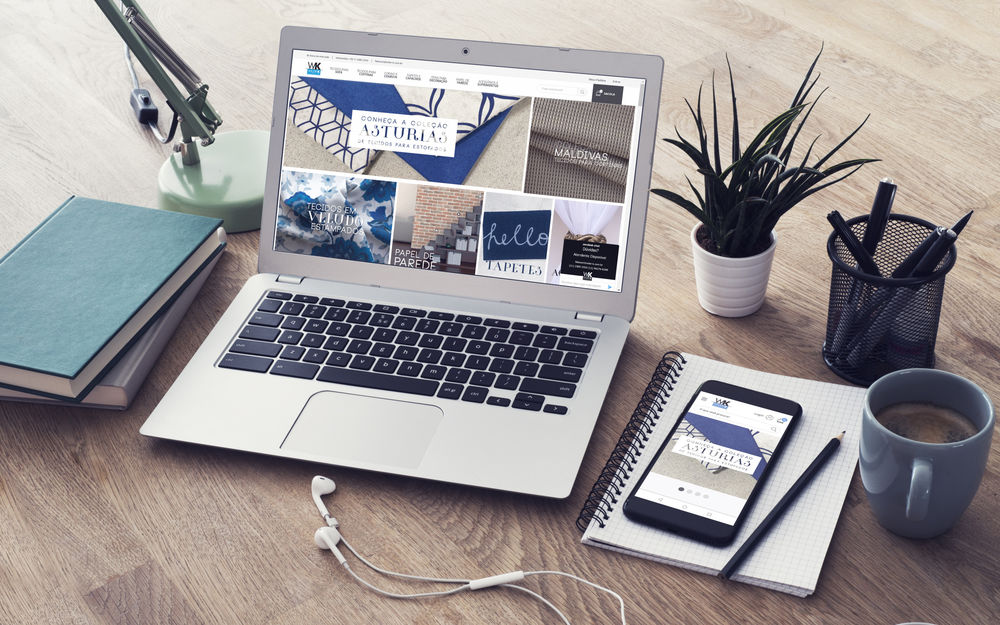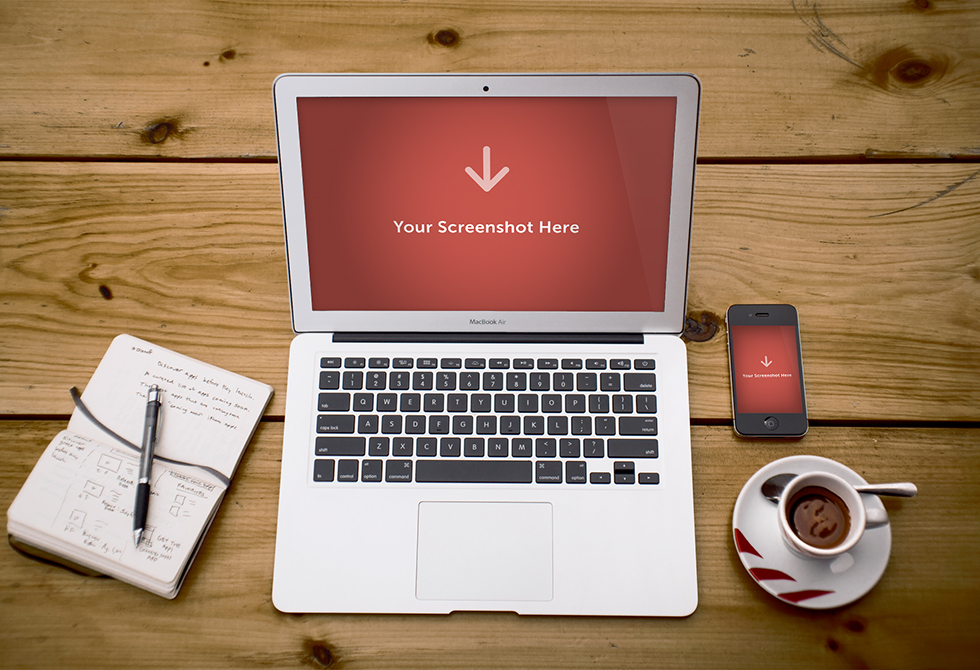
How to Care Notebook LCD Screen?
Do you have a notebook? If you answer yes then consider how to take care of it than it is stored in a safe place and also caring for the LCD screen. What needed is prevention to avoid the risk of early failure due to the LCD screen is the most vulnerable components by excessive pressure such as dust, dirt, cigarette smoke and even certain liquids. In addition to the physical maintenance, which needs to be done is to use power management in Windows so that the LCD screen remains durable. The care mild physical or non-physical is to clean the surface of the LCD monitor screen of your notebook or netbook regularly and can be done in ways as follows:
- Using a special cleaning fluid that is recommended such as water, alcohol 50-75%. Not allowed to use other solutions such as cleaning acetone, gasoline, or liquid glass cleaner because of the laptop LCD screen instead of glass but the plastic layer.
- Cleaning is also done not by rubbing or spraying liquids directly into the surface of the LCD screen.
- Use a fine fibrous cloth and damp conditions (not wet). Avoid using cleaners such as tissue, paper or cotton because it potentially damages the screen and leave the fine fibers on the surface of the LCD.
- A wash cloth in one direction to move the same from top to bottom or from left to right. Avoid rubbing the LCD screen surface by rotating while pressing the surface of the screen.

Non-physical treatment for the LCD screen is done by the following ways:
- Not adjusting the screen contrast and brightness is too high because it is not comfortable in the eye, adjustment is too high to make the screen display you have to work hard when he raises the picture.
- Install a BLANK screen saver according to your work. Don’t let you keep the screen lights up when you often leave your notebook or netbook in a state of installing a screen saver on. With BLANK screen is not forced to display colors.
- Set the battery usage patterns for your notebook LCD screen with the Power Management settings on the OS you use. Use the Suspend, Standby and hibernate maximally.
- Setting the frequency on the LCD screen notebook that does not interfere with the level of your eyes.
- Make the menu settings and your notebook VGA card as much as possible.
